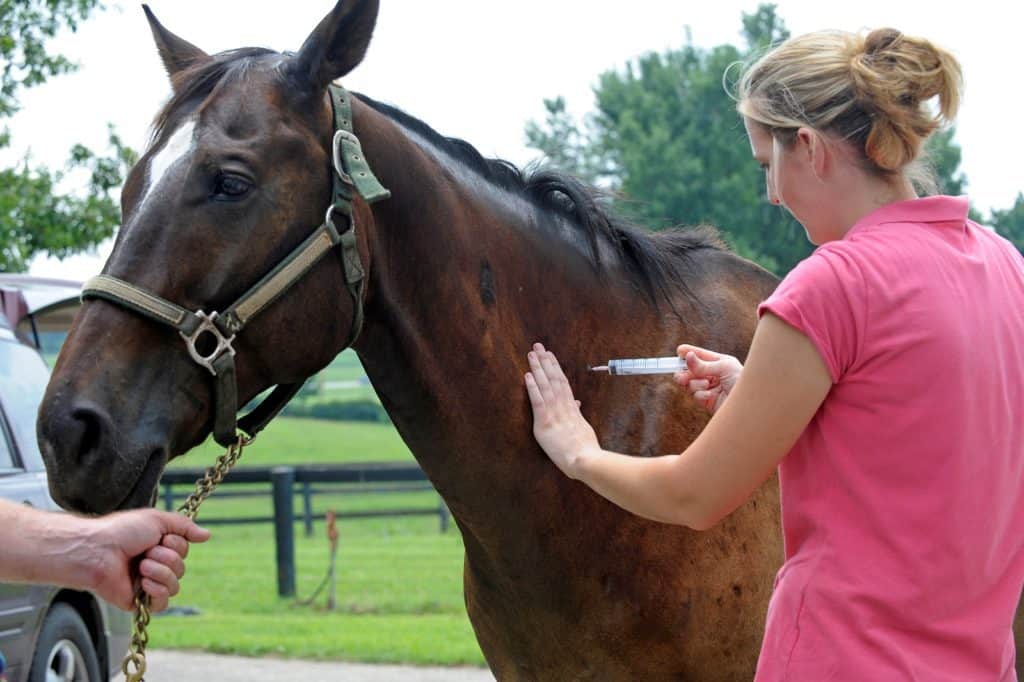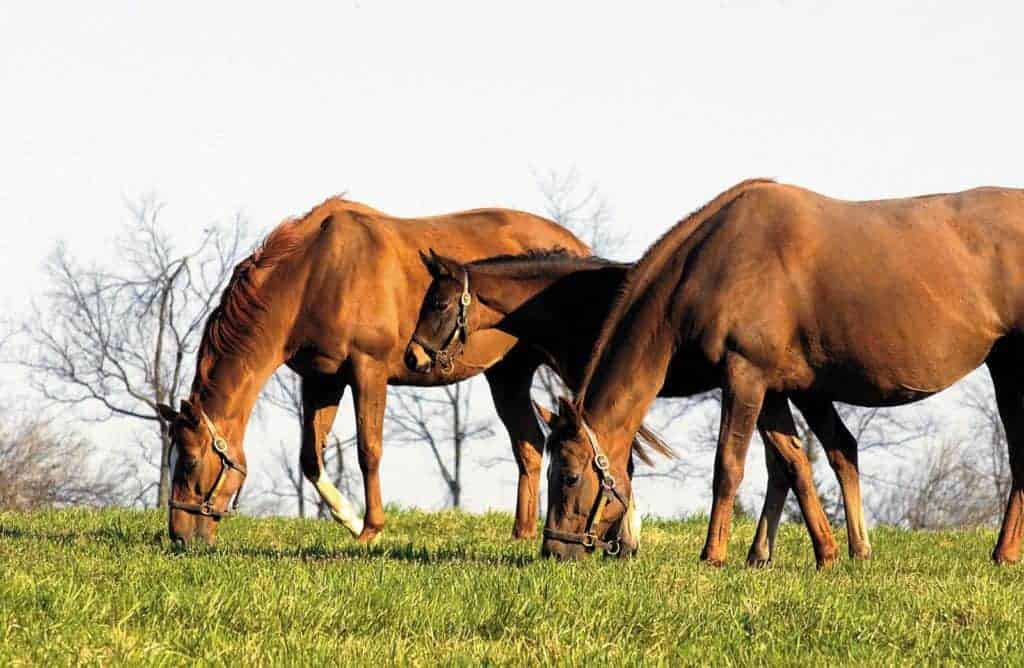
Equine Herpesvirus Myeloencephalopathy Quarantine Lifted
Officials lift quarantine enacted following Carroll County, Indiana, mare’s death and diagnosis.

Officials lift quarantine enacted following Carroll County, Indiana, mare’s death and diagnosis.

We take a look back at seven eye-opening equine disease outbreaks in the past 100 years, including influenza in Australia, equine viral arteritis in North America, and African horse sickness in Spain.

The 6-week-old Clay County Quarter Horse was euthanized July 15.

Current horse breeding trends are characterized by a decline in mares bred and a new focus on well-being of established pregnancies, as well as enhanced genetic selection related to the health and future performance of foals.

Veterinarians used fetal ECG to detect two fetal heartbeats simultaneously in a mare suspected of carrying twins at eight months of gestation.

Don’t learn the hard way or wait for another outbreak to make disease risk reduction a priority on your farm. Do it now. Your horse’s life might depend upon it.

Researchers know that transport can affect horses’ immune systems, making them more susceptible to developing disease. But recent study results suggest it could also make horses more likely to spread disease.

Given the right conditions, equine embryos produced in a lab using ICSI can lead to pregnancy rates of approximately 70%, researchers say.

Researchers successfully tested a drug- and hormone-free approach for suppressing estrus in mares they say is safe, easy, and doesn’t affect future fertility.

Surgeon Dr. Anthony Blikslager shares his perspective on preventing horse colic.

A recent study showed that controlled manual removal of retained fetal membranes in mares had a relatively low risk for both normal foaling and high-risk mares. But this technique isn’t without complications.

The main goals when treating metritis (inflammation of the uterine wall) in mares are to control bacterial growth, evacuate uterine contents, and prevent complications. Here’s how vets accomplish these goals.

Uterine tube obstruction, though rare, can cause subfertility in mares. While veterinarians have several methods for treating this issue, it’s been unclear how they affect a mare’s future fertility. So researchers recently conducted a study to find out.

Researchers say this might be a bigger source of environmental contamination than previously thought.

One additional case of EHV-1 abortion was confirmed in Humboldt County in April. The NDA did not issue a quarantine for this case because the incubation period has passed and no horses have been moved to or from the property.

Researchers identified three ways to help improve pregnancy and foaling rates: breeding mares multiple times in a season, inseminating close to ovulation, and choosing a stallion with progressively motile sperm.
Stay on top of the most recent Horse Health news with
"*" indicates required fields